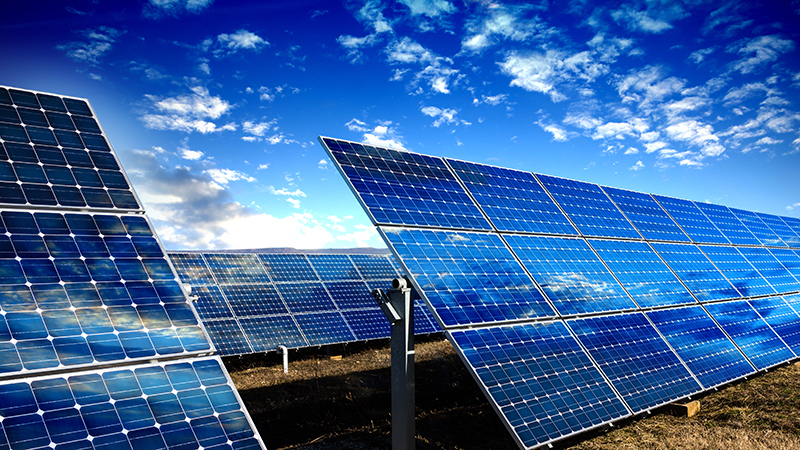
More than 100 members of the George Mason University community tuned in for last week’s initial Climate Action Plan Town Hall, and every incoming suggestion is on the table as the university considers how to best move forward in the fight against global warming.
The virtual panel discussion, which featured Mason’s Greg Farley, Leah Nichols and Dann Sklarew, was the first of five opportunities in which Mason students, faculty, staff and community members could make their voices heard in the formation of a new Climate Action Plan. The next town hall will be held Dec. 15, and three more will be held in early 2022 on Jan. 27, Feb. 18 and March 9. Learn more and register here.
Greg Janks of consulting firm Dumont Janks, which helped develop Mason’s new master plan, served as the event’s host.
“As we sail around the sun on Spaceship Earth, we need to be conscious of the many ways that our activity impacts the spaceship that we’re flying on,” said Farley, the director of Mason’s University Sustainability. “We can make a difference.”
Mason hopes to significantly reduce its greenhouse gas impact and achieve carbon neutrality by 2040, but there’s still much work to be done. The university’s overall carbon footprint has remained steady in recent years at roughly 104,000 metric tons, Farley said.
The panel noted that nearby American University achieved a net zero carbon footprint status in 2018 in part by building a solar farm in North Carolina to help provide the university with clean energy.
“All options are on the table,” Farley said.
Nichols, who is the executive director of Mason’s Institute for a Sustainable Earth, called on all Mason faculty, students, staff and the entire community to participate in the process so as to bring the community’s collective research and programming together in hopes of creating “a more just, prosperous and sustainable world.”
“Tackling climate change takes a village, it takes everyone,” Nichols said.
The town hall was Mason’s first step in the development of a new Climate Action Plan. The first was developed in 2010, but needs revision and updating in the wake of more scientific advances in the past decade.
Farley opened the conversation by noting a recent study that concluded sub-national level climate planning—mostly city climate planning—helped account for a 6% decrease in U.S. greenhouse gas emissions in 2018. The Mason community, he said, could potentially have a similar impact with its more than 50,000 members.
“If we constrain our carbon emissions and our contributions to global warming, we can help be a part of that 6% and drag that upwards,” Farley said. “That is the level in which action really needs to take place.”
The new Climate Action Plan will be developed in two phases. Phase 1 will develop the university’s broad strategy for seeking carbon neutrality. The plan will probably not affect leased spaces, such as Mason Korea and the Loudoun County facility, Farley said.
Mason President Gregory Washington has asked for the initial phase to be completed by April 7, 2022, Mason's 50th anniversary, and focus on electricity use and the fossil fuels used on all Mason campuses. This phase will also help set priorities and identify the most effective steps that the institution can take to reduce its greenhouse gas impact as quickly as feasible.
Phase 2, which will begin in April 2022, will examine emissions from travel and commuting, purchasing, food, and other sources.
